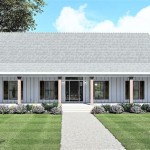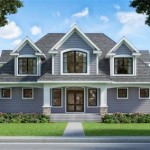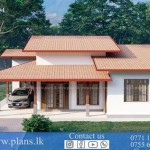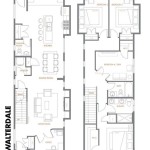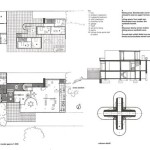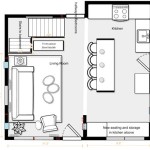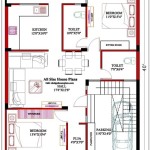Assisted Living Home Floor Plans: Designing for Comfort, Safety, and Care
Introduction
Assisted living homes provide a safe and supportive living environment for individuals who need assistance with activities of daily living. These homes offer a variety of services, including personal care, medication management, and social and recreational activities. When designing an assisted living home, it's essential to consider the needs of the residents to ensure their comfort, safety, and well-being. In this article, we will explore various aspects of assisted living home floor plans that contribute to a functional and supportive living space.
Key Considerations for Assisted Living Home Floor Plans
- Resident Needs and Preferences:
The floor plan should accommodate the diverse needs and preferences of the residents. This may include providing different types of living spaces, such as private rooms, semi-private rooms, and companion suites. Additionally, the layout should consider the residents' level of mobility and whether they need accessible features, such as wide doorways, grab bars, and roll-in showers.
- Safety and Security:
The floor plan should prioritize the safety and security of the residents. This includes designing spaces that minimize fall risks, such as non-slip flooring and well-lit hallways. Additionally, the layout should consider the placement of emergency call systems, smoke detectors, and security cameras to ensure a safe living environment.
- Accessibility and Mobility:
The floor plan should be designed to promote accessibility and mobility for residents with varying abilities. This may include providing wide corridors, ramps, and elevators to ensure that all areas of the home are accessible to everyone. Additionally, the layout should account for the placement of assistive devices such as wheelchairs and walkers.
- Functional and Efficient Spaces:
The floor plan should create functional and efficient spaces that maximize usable space and minimize wasted areas. This includes designing common areas that facilitate social interaction and activities, as well as private spaces that provide a sense of privacy and comfort. Additionally, the layout should consider the location of essential services, such as the dining room, kitchen, and laundry facilities, to ensure easy access for residents and staff.
- Aesthetics and Ambiance:
The floor plan should incorporate aesthetic elements that create a warm and welcoming ambiance. This may include using natural light, incorporating greenery, and selecting finishes and colors that promote a sense of well-being. Additionally, the layout should consider the placement of windows and outdoor spaces to provide residents with access to fresh air and nature.
Common Types of Assisted Living Home Floor Plans
- Single-Story Floor Plans:
Single-story floor plans provide easy access to all areas of the home on one level, eliminating the need for stairs or elevators. This type of layout is ideal for residents with limited mobility or those who prefer a more accessible living environment.
- Multi-Story Floor Plans:
Multi-story floor plans offer more space and variety in living arrangements. This type of layout may include different types of living spaces, such as private rooms, semi-private rooms, and companion suites, as well as common areas, such as dining rooms, lounges, and activity rooms.
- Clustered Housing Floor Plans:
Clustered housing floor plans feature small groups of private living units arranged around a shared common area. This type of layout promotes a sense of community and provides residents with easy access to shared amenities and activities.
- Purpose-Built Floor Plans:
Purpose-built floor plans are designed specifically for assisted living homes. These layouts incorporate features that cater to the needs of older adults, such as wide hallways, accessible bathrooms, and easy-to-use kitchens.
Conclusion
Assisted living home floor plans play a crucial role in creating a supportive and comfortable living environment for residents. By considering key factors such as resident needs, safety, accessibility, and aesthetics, architects and designers can create layouts that promote independence, well-being, and a sense of community. Whether it's a single-story or multi-story floor plan, or a clustered housing or purpose-built layout, the goal is to provide a space that enhances the quality of life for older adults while ensuring their safety and care.

16 Assisted Living Facility Floor Plans Ideas How To Plan House

Example Image Assisted Living Residential Unit Plan Facility Duplex Floor Plans Senior Facilities

Plan 012c 0001 The House

Floor Plans Personal Care Senior Living

Assisted Living Facility Floor Plans In Arizona

Assisted Living Floor Plans Senior Community In San Antonio The Lodge At Leon Springs

Countryside Villa Assisted Living Facility Wausa Nebraska Features

Senior Housing Building Plans How To Plan Floor Assisted Living

Assisted Living Floor Plan Richmont Senior

Senior Assisted Living Floor Plans The Arbors Communities In Ma Ct

